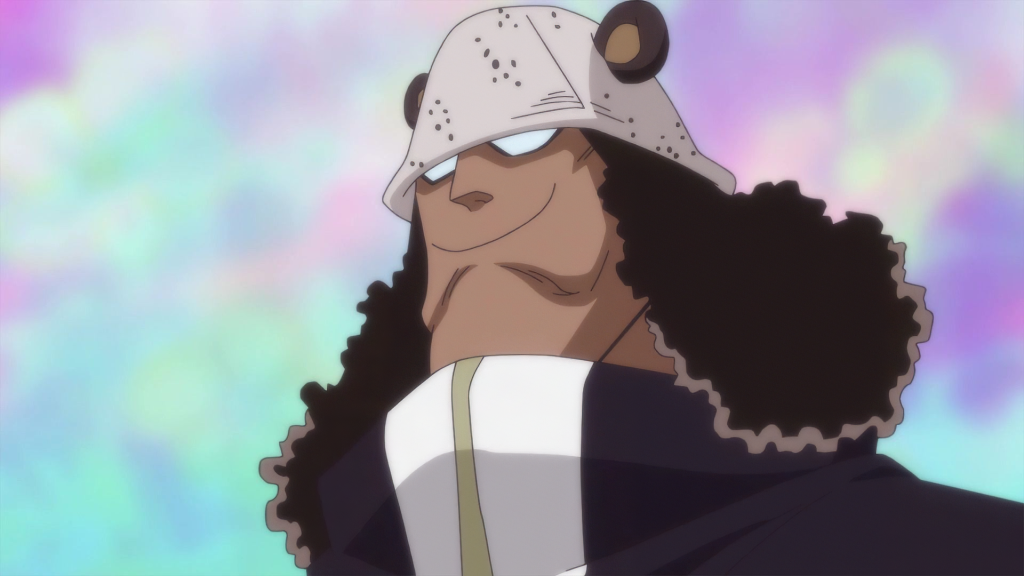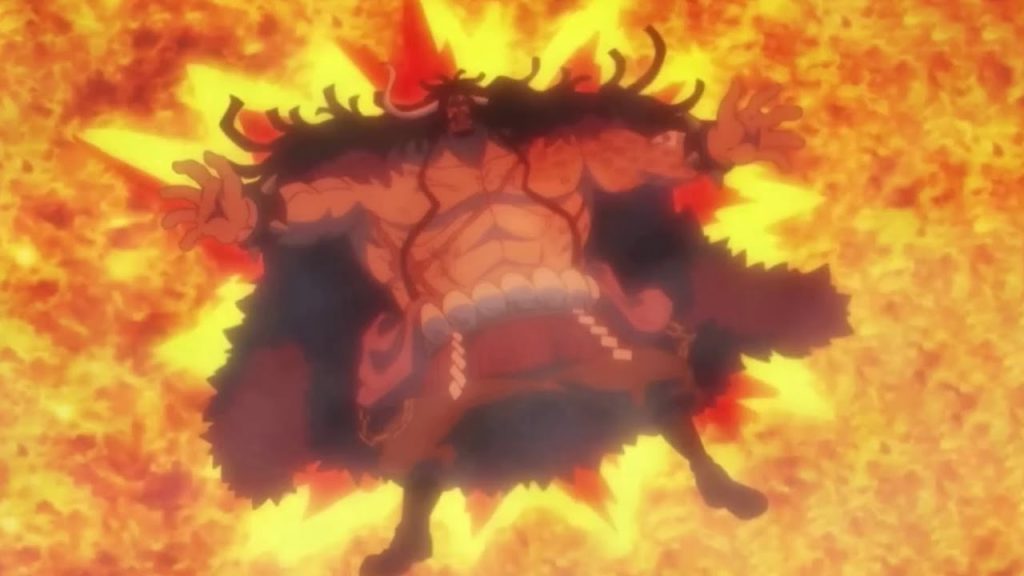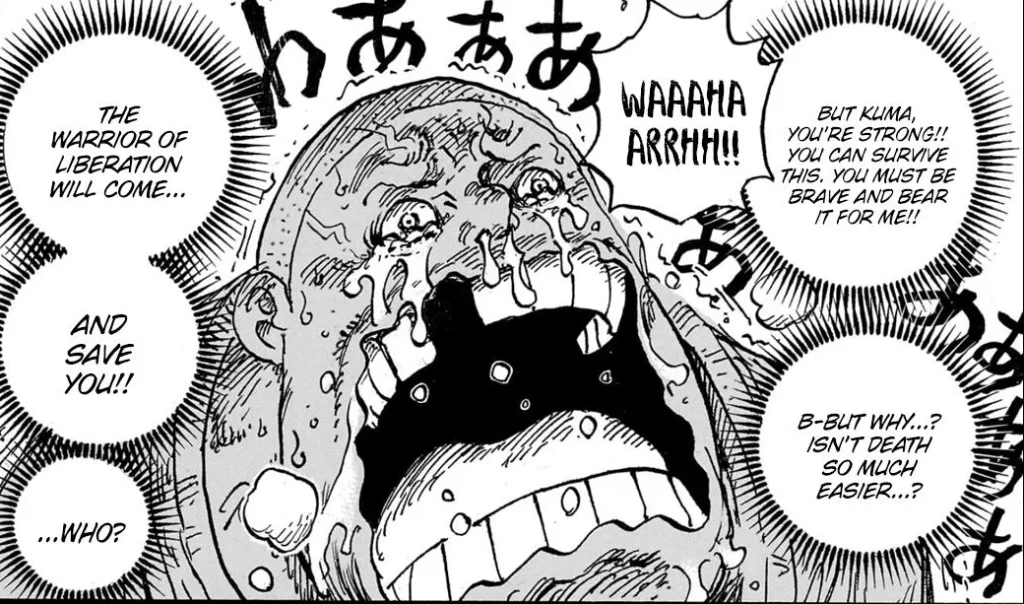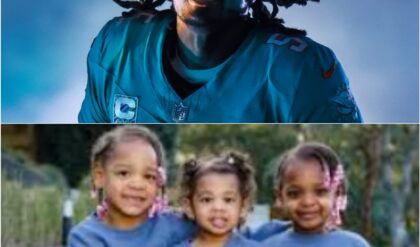Eiichiro Oda’s reluctance to confirm character deaths has long been a topic of debate within the One Piece fandom, and Kuma’s survival solidified it.
SUMMARY
The main problem with Eiichiro Oda’s storytelling is not able to kill off a major character, but unwillingness to give a definitive closure of their fate.
In contrast to Jujutsu Kaisen, where Akutami most of the time directly confirms a character’s death, this approach to Oda’s storytelling is frustrating to many fans.
Whether Big Mom, Eustass Kid, Kaido, or Kuma – the ambiguity regarding their deaths creates a narrative limbo.
The world of One Piece is filled with high-stakes battles, dynamic character arcs, and devastating moments of loss. Yet, one recurring criticism of Eiichiro Oda’s narrative style is his reluctance to definitively kill off characters, even after delivering what appear to be fatal blows. However, even more than the “no-killing” policy, the main issue with One Piece is Oda’s ambiguity regarding the ultimate fates of the characters.
 Bartholomew Kuma | Credit: Toei Animation
Bartholomew Kuma | Credit: Toei Animation
Be it Big Mom, Eustass Kid, or Kaido — Oda never actually discloses the status of the characters; only the audience assumes whether they are truly dead or not. This frustration is amplified with the case of Bartholomew Kuma, whose return after his brutal beating in the Egghead Island arc has stirred debates about the impact of his character journey.
Bartholomew Kuma: A tragic character arc at risk
A common debate among fans of One Piece is Eiichiro Oda‘s unwillingness to definitively close the book on major characters. This pattern became particularly evident during the aftermath of the Wano arc. Big Mom and Kaido were last seen plummeting into a pool of magma after their climactic battles, yet no confirmation of their deaths has been provided. Similarly, Eustass Kid’s crushing defeat at the hands of Shanks left fans wondering if he would ever recover, but his fate remains unresolved.
 Kaido’s death | Credit: Toei Animation
Kaido’s death | Credit: Toei Animation
Bartholomew Kuma’s story is one of the most heartbreaking in One Piece. From being a revolutionary to becoming a mindless weapon for the World Government, his journey exemplifies Oda’s knack for crafting layered, tragic characters. However, his brutal beating during the Egghead Island arc has sparked controversy. Fans were devastated by the sight of Kuma’s battered body, believing it marked the end of his tragic arc. Yet, recent developments suggest that he is indeed alive and may soon regain his consciousness too.
While it’s good news for the fans of Kuma as they will be able to see him again, his survival ultimately undermines the emotional weight of his sacrifice and suffering. From the narrative viewpoint, Kuma’s potential recovery feels like a missed opportunity to deliver a powerful, definitive conclusion to his arc.
Is Eiichiro Oda’s ambiguity a thematic choice?
The main issue here in One Piece is not about characters returning from the dead but rather Eiichiro Oda’s unwillingness to confirm whether they are truly gone. This reluctance creates a sense of narrative limbo, where characters exist in a state of Schrodinger’s death.
 Kuma from One Piece manga | Credit: Viz Media
Kuma from One Piece manga | Credit: Viz Media
By contrast, series like Jujutsu Kaisen often use definitive character deaths to elevate the stakes of their stories. When characters like Nanami died in Jujutsu Kaisen, his death served as turning points that propelled the narrative forward. Since Nobara’s status was left ambiguous, we actually assumed she would come back, and Gege Akutami ultimately proved us right.
Thus, it leads to speculation that this is a deliberate narrative choice for Eiichiro Oda. Instead of increasing the stakes by killing off a character, he may prefer to do it by not disclosing the character’s fate after all. However, this perspective doesn’t negate the criticism that this ambiguity can feel unsatisfying.
On one hand, this approach to Oda’s storytelling thrives on hope and perseverance, but it also risks creating a sense of predictability. If fans come to expect that no major character; not even those who suffer life-threatening injuries, will ever truly die, it could undermine the stakes of future conflicts. The case of Bartholomew Kuma exemplifies this tension as if his recovery is a simple reset button; trivializing his sacrifices.





